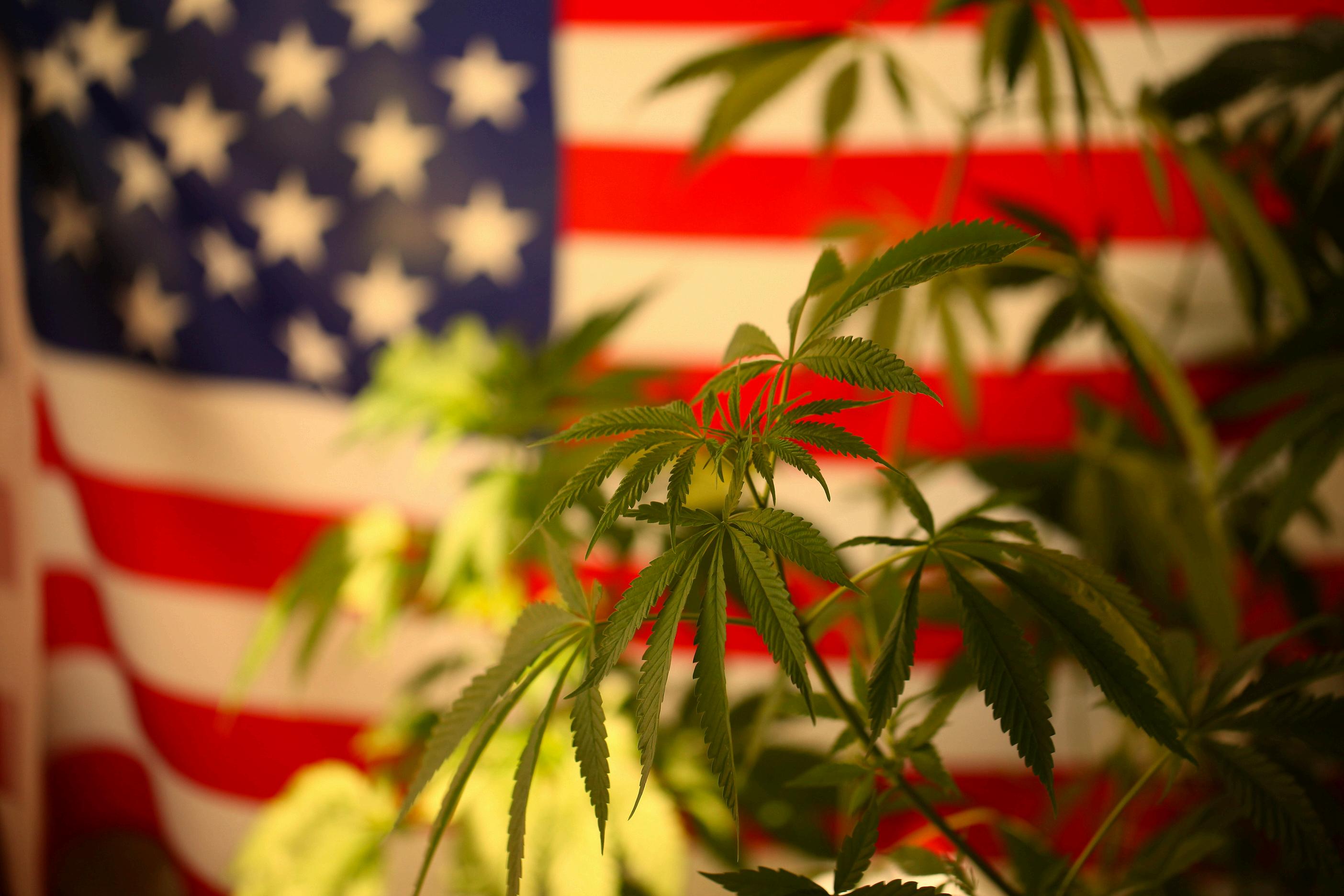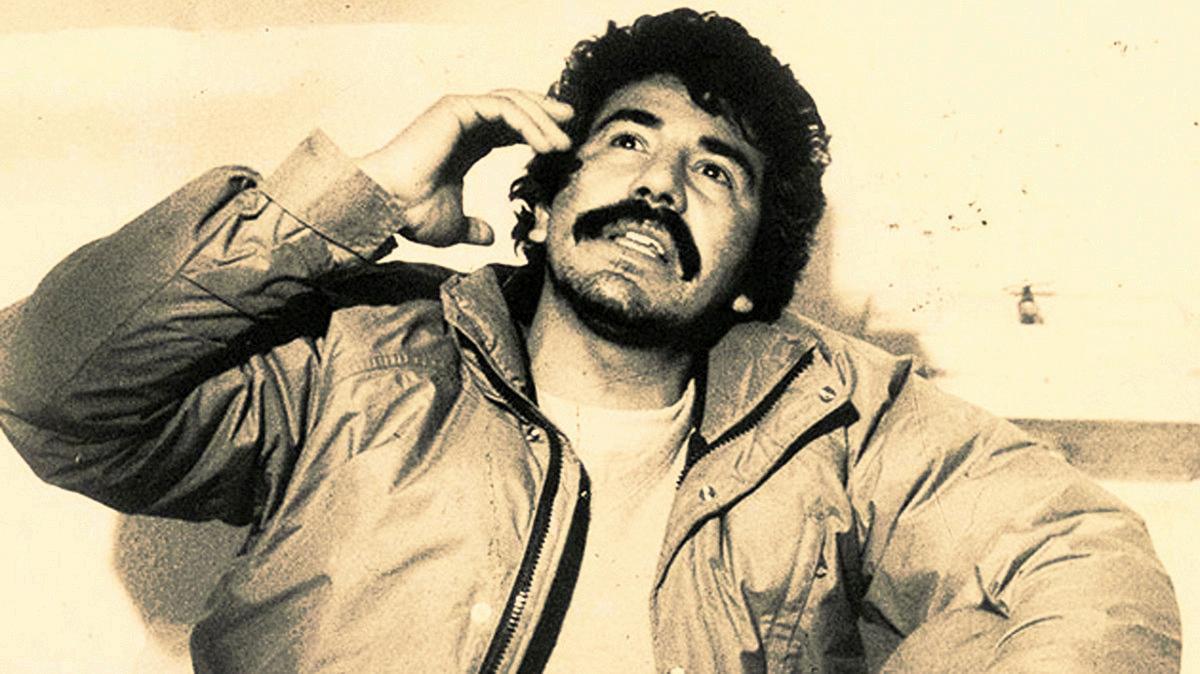
6 minute read
Prohibition Chronicles - Exploring the Dark History of Cannabis
The prohibition of cannabis has been going on for years, but the end may be in sight. Before we made it this far, the journey was a long and difficult one. The majority of this progress was made only within the last three decades, too. It’s unfortunate it took so long to get here, but we can only go up from here. Let’s dive into the darker parts of cannabis history and we can truly measure just how far we’ve come.
Cannabis has been villainized and criminalized in the United States since the early 1900s. Most people trace this banning of cannabis to the Mexican Revolution. The Mexican Revolution began in November of 1910 and lasted until February of 1917. While the cause of this revolution does not have much to do with America’s history with cannabis, the effects of it lasts to this day. While the revolution raged on, there was a huge influx of Mexican immigrants crossing into America. With so many people coming from Mexico, there was a growing fear of what may happen, this is due to racism. Some rumors and stereotypes surrounding the new immigrants had to due to cannabis, or rather, marijuana. The Mexican people were much more accepting of cannabis as it would not be banned in Mexico until after the revolution. Additionally, the word marijuana is thought to be an Anglicized version of how the Mexican people referred to reefer. Some scholars think the reason we used marijuana instead of another word was to promote the foreignness of the drug. It was during this same time that the states began to ban cannabis.
Unfortunately, the racism surrounding cannabis doesn't stop there. According to Britannica, during the 1930s Harry J. Anslinger, head of the Federal Bureau of Narcotics made the issue of cannabis expand into a full on war: “Some believe that he was motivated less by safety concerns—the vast majority of scientists he surveyed claimed that the drug was not dangerous—and more by a desire to promote his newly created department. Whatever the impetus, Anslinger sought a federal ban on the drug, and to this end he initiated a high-profile campaign that relied heavily on racism. Anslinger claimed that the majority of pot smokers were minorities, including African Americans, and that marijuana had a negative effect on these “degenerate races,” such as inducing violence or causing insanity. Furthermore, he noted, “Reefer makes darkies think they’re as good as white men.” Perhaps even more worrisome to Anslinger was pot’s supposed threat to white women’s virtue. He believed that smoking pot would result in them having sex with black men.” This move by Anslinger incited the media and they took it all by storm. By 1936, the film Reefer Madness was released and the American ideas around cannabis were nearly permanently changed for the worse. In the very next year, Anslinger spear-headed the Marijuana Tax Act in 1937, which made the drug illegal across the United States.


In a report by druglibrary.org, they go over the testimony made by Ansliger. During his testimony, he quoted a letter from the editor of the Alamosa Daily Courier in Colorado: “I wish I could show you what a small marijuana cigarette can do to one of our degenerate Spanish-speaking residents. That's why our problem is so great; the greatest percentage of our population is composed of Spanish-speaking persons, most of whom [sic! such an enthusiastic sic!] are low mentally, because of social and racial conditions.”
During this time period, the media kept fanning the flames against cannabis. During the larger influx of immigrants, according to the Cato Institute, “in 1933, a young man named Victor Licata killed his family with an ax. It was said that he was normal until marijuana drove him insane, and he was called a “marijuana (sic) maniac” in one story. All of this was false, because Licata had been suffering from serious mental health problems for years, and it’s unclear whether he used marijuana at all. But the story stuck, and the stage was set for federal prohibition.” It’s always proven to be easier to get news moving when people have something to dislike, we can see examples of that same phenomenon today no matter if the news is about cannabis or not.
From that point on, with the majority of Americans viewing cannabis on the same level as heroin and cocaine, it was not only Mexican and Black people who were thought to use cannabis at higher rates. [It is still a fact, and has been for almost 100 years.

From that point on, with the majority of Americans viewing cannabis on the same level as heroin and cocaine, it was not only Mexican and Black people who were thought to use cannabis at higher rates. [It is still a fact, and has been for almost 100 years, that most races use cannabis at the same rate. There are no stark differences, if there are any.] In a letter from Henry J Finger, a member of the California State Board of Pharmacy, in 1911, he wrote: “Within the last year, we in California have been getting a large influx of Hindoos and they have in turn started quite a demand for cannabis Indica. They are a very undesirable lot and the habit is growing in California very fast; the fear is now that it is not being confined to the Hindoos alone but that they are initiating our whites into this habit.” It’s very disappointing to see where we were as a country in the early 1900s.
In recent history, the conviction rates for cannabis are completely disproportionate in comparison to White vs BIPOC arrests. In fact, POC are more than three times as likely to be arrested for a cannabis related offense. This difference has been the basis for many groups who care about cannabis advocacy. If this is something you’d be interested in getting into, check out the “Green Justice” article in last month’s issue! Until the time that cannabis is federally legal, there will likely still be rough times ahead for cannabis even if we can see the end. For now, we must remember the history cannabis came from, and work to do better and make the cannabis community thrive, no matter what your race or ethnicity is.









